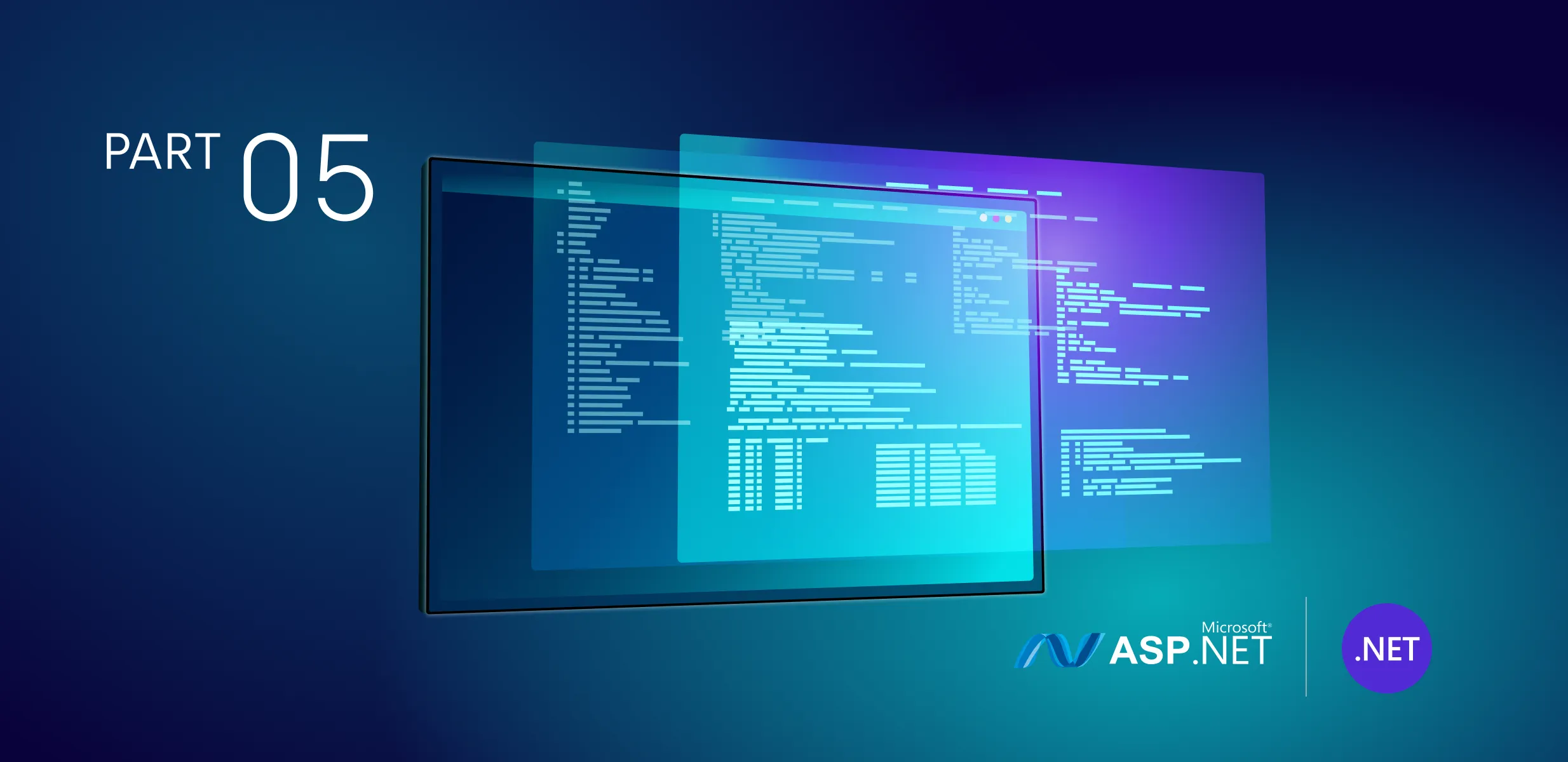
Digital modernization vs digital transformation: what’s right for you?
While often used as synonyms, digital modernization and digital transformation mean different things for your business. They’re both hot terms that are dropped to signify digital change - yet they entail fundamentally different approaches.

When it comes to improving how your organization functions, you should go beyond the buzzwords to figure out your real needs. You have to understand what modernization and transformation can each provide for your company. Only then can you judge which investment is worth the effort at this particular time.
This becomes even more important in the rapidly changing business setting today. From major shifts across industries to the challenges caused by the ongoing pandemic, leaders have to think fast and take pragmatic decisions in a state of constant flux.
Digital innovation, when done and timed right, can be not only a goal to achieve but a powerful helper in overcoming difficulties. Instead of fearing disruptions that can obliterate a company, forward-looking business leaders seek the best fitting approach to technological changes that would allow them to grab the most opportunities on the market.
In the following sections, you can find out how to differentiate between transformation and modernization, so that you can choose the right and timely solution for your organization.
What is digital modernization vs digital transformation?
They sound similar - but they entail different change processes for an organization. Transformation and modernization are two distinct approaches to the digital innovation of your business.
The process of digital modernization, on one hand, focuses on adopting new and improving existing technology to optimize internal processes, as well as external performance. Besides functional improvements, it bets heavily on delivering better user interface and user experience.
Some of the activities that it can include are innovating the customer experience by adding new digital tools, updating legacy software, and moving to cloud-based solutions. It can also entail improving email and collaboration platforms, as well as resource planning and HR systems.
On the other hand, digital transformation aims to innovate the very core of your company. It includes changing the basic technological structures and thus brings about a fundamentally different functioning for the organization.
But it doesn’t stop with technology. Digital transformation is a holistic approach that not only adds new software but revamps the essential mode of operation of your business. In this, it also requires the transformation of processes, as well as of your entire culture. The purpose of transformation is to deliver new ways for working, interacting with customers, and realizing new business venues.
You can think of digital modernization as a quick-fix approach that delivers a targeted change. Transformation, in contrast, is a grand leap that brings a wholesome change. It shakes up the status quo to bring about a major but creative disruption.
Often modernization efforts are a prelude to a full-blown transformation. Many businesses use an incremental approach, taking modernization steps one by one. This is a working strategy, which allows you to avoid taking big risks yet still bringing about visible results.
However, it’s key to avoid opting for modernization increments when you need a complete transformation of your business. It’s equally important to stay away from the risky, expensive and complex process of transformation when more affordable and easier software modernization can be the right fix.
Depending on your particular circumstances, your business may benefit more from modernization, from transformation, or in some cases - from a skillful blend of the two. You need to make a thorough and honest assessment of what your organization truly needs to select the best-fitting digital change for your case.
Choosing digital transformation
Imagine what you want your organization to look like
You need to be able to recognize how digital transformation looks like so that you can make it work for you. It goes much further than simply adding new designs and tools, as well as extra functionalities.
Digital transformation alters the backbone of your software systems, revolutionizing how your company operates at its core. That’s why it allows for more powerful business transformation as well.
Digital transformation is the right choice for businesses that need to fully reinvent their model, so they can stay competitive. This applies to both offline and digital companies.
Define your reasons for seeking transformation
The reasons for seeking a transformation can be numerous:
- It can be that the organization has gone astray in formulating its values and overarching vision.
- Another potential issue can be the lack of customer focus on your services.
- A hostile working environment can also be a trigger for seeking digital transformation.
- Last but not least, seeking major innovation is certainly a good reason to go for a full-blown change of your digital systems.
Whatever the exact reasons are in your business, keep in mind that digital transformation is a manyfold process. It can cover various aspects of how your company operates, spanning business processes, business model, domain, and cultural and organizational aspects. The goal of this comprehensive transformational approach is to fundamentally change how your company operates, what it produces, and how it interacts with customers.
Opting in for digital modernization
Envision what you can achieve with modernization
Unlike transformation, modernization is better suited for organizations that need a digital refresh rather than a complete revamp of their systems. It’s a good option if your company is not ready - or does not need yet - to take the risk of complete transformation.
At the same time, modernization can and does bring about significant productivity boost and profit increase.
Define your reasons to choose modernization
The reasons for modernization include:
- If your business has technologies that have needed updates for a long time, the way to go is modernization. You can thus ensure faster performance of legacy software, as well as improved up-time rates.
- Modernization can also mean digitizing processes, as well as embedding new software or hardware, with the goal of staying up-to-date to industry trends.
- Zooming out of internal processes, modernization can help you gain a competitive advantage on the market as well.
- Updated systems can provide better customer experience, as well as optimized internal usage that brings efficiency for end users as well.
Thus, digital modernization can mean much more than simply moving to the Cloud. Still, it does not include a full reimagining of your organization. Overall, digital modernization can help you ramp up your business for long-term success without a costly and fundamental technological and organizational shift.
Combining digital modernization and transformation
Modernization and transformation don’t need to be competitors when considering your next digital effort. In fact, you can make them work together as consecutive and complementing steps in your digital innovation strategy.
For many companies, it’s easier to start with modernization efforts. They typically require a smaller and more manageable investment. However, modernizing can be planned and executed as a prelude to digital transformation down the line. It may just be the more pragmatic solution at a certain moment, which allows a business to grab the low-hanging fruit and still aim higher.
Gartner’s Bimodal strategy is a proponent of this combination. It unites a more predictable approach to digital change, such as modernization, with the more daring and uncertain approach that transformation provides. With both together, you get meaningful organizational change through new technology. Yet you use each of them at different speeds, depending on the current need for security vs. risk-taking of your organization.
Making the right choice with Resolute Software
Understanding the differences between digital modernization and transformation is essential to selecting the winning strategy to technological change for your business.
Resolute Software is your trusted partner in this process. We can help you implement both modernization and transformation, providing the most appropriate changes to your organization. You can get started with our modernization assessment to get a thorough evaluation of your exact needs
But most of all - we can guide you in the process of establishing the exact needs of your company, so that your innovation efforts are worthwhile.
Ready to start your new digital journey? Get in touch with us.





